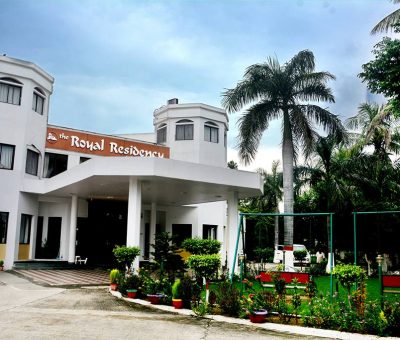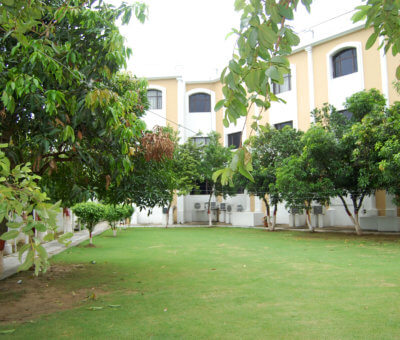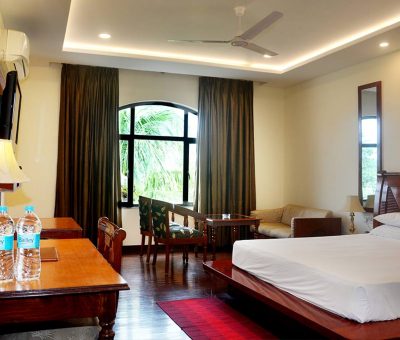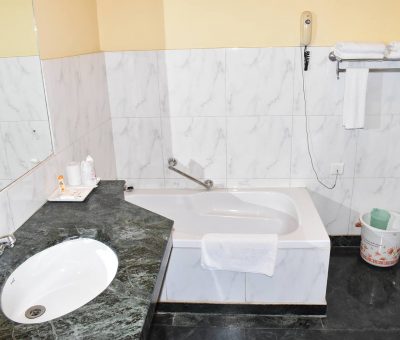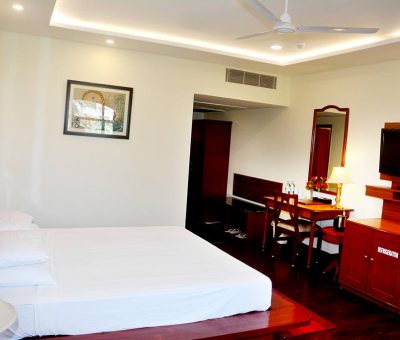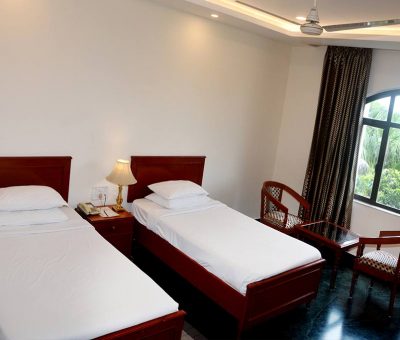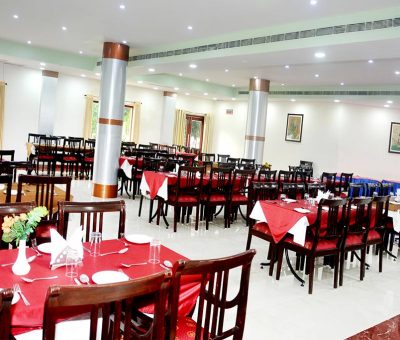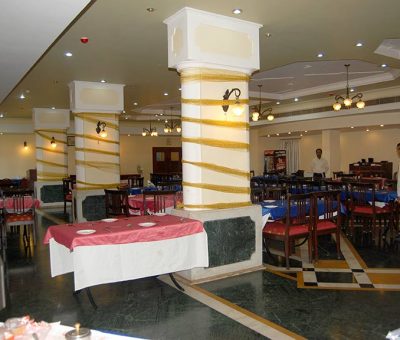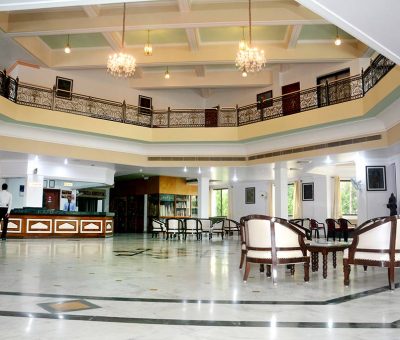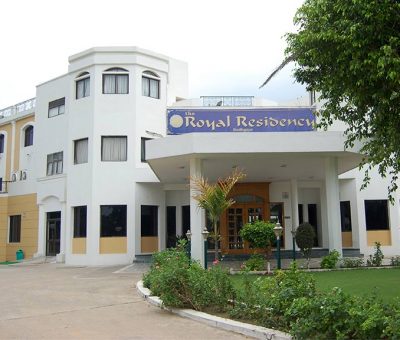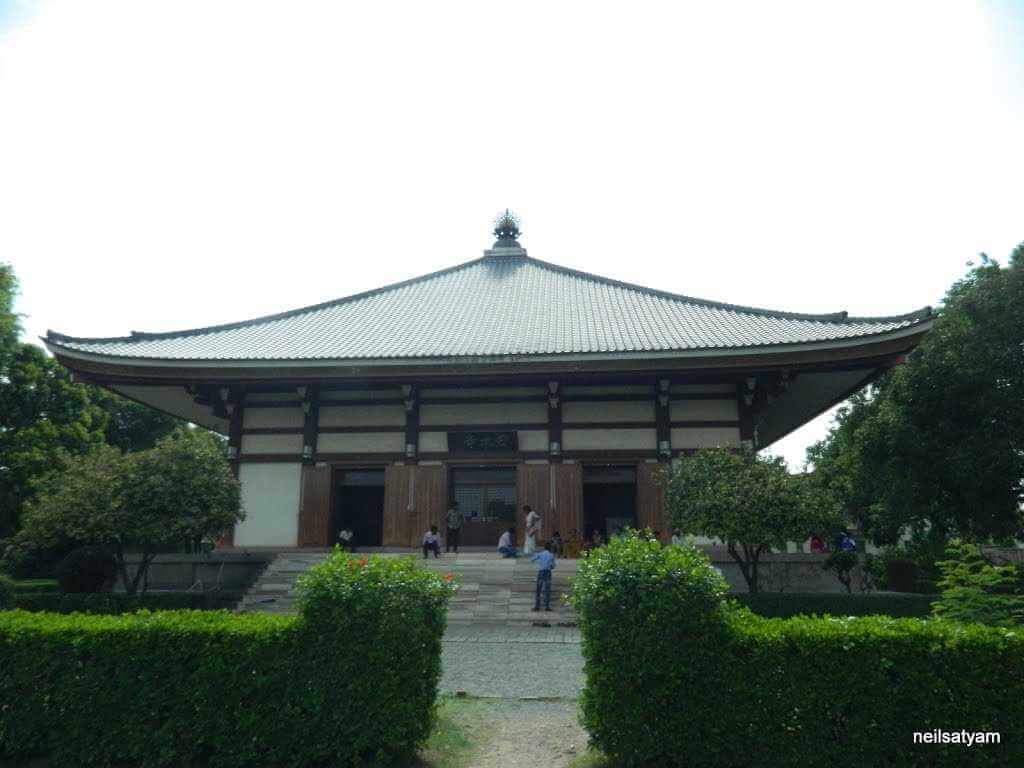



Check Availability
The Royal Residency Hotel - Bodhgaya, Bihar
Alcohol is Prohibited as per Bihar State Government Rules& Regulations
Bodhgaya
Bodhgaya is a religious site and place of journey related with the Mahabodhi Temple Complex in Gaya region in the Indian province of Bihar. It is renowned as it is where Gautama Buddha is said to have acquired Enlightenment (Pali: bodhi) under what wound up known as the Bodhi Tree. Since vestige, Bodh Gaya has remained the object of journey and worship for the two Hindus and Buddhists.
For Buddhists, Bodh Gaya is the most imperative of the primary four journey locales identified with the life of Gautama Buddha. In 2002, Mahabodhi Temple, situated in Bodh Gaya, turned into an UNESCO World Heritage Site.
Tourist Attractions Near Bodhgaya
Bodhgaya is famous as where Gautam Sidhartha (Lord Buddha) accomplished edification and is considered a standout amongst the most essential religious destinations for Buddhism. It gets substantial footfall of aficionados just as visitors from all around. Other than this town, there are various vacationer goals close Bodhgaya that are worth-visiting.
There are various spots of enthusiasm close Bodhgaya to which one can go for outings, one of which is Gaya, another vital religious place for individuals of Hindu religion. It is known as the last right of the perished individual from the family is performed. Another critical place is Nalanda. Around 50 km from here, this place is a focal point of old learning and was known for lodging Nalanda University.
Do visit Rajgir, another imperative place for Buddhists. This is where Lord Buddha had spent a noteworthy segment of his life. Sonepur, Sarnath, Ranchi and Rourkela are the other vacationer places close Bodhgaya.
Our Rooms
Deluxe Room – One King Bed
Superior Room – Two Beds
Extra bed is available at additional charges
DOCTOR ON CALL
LARGE CAFE
Tourist Attractions Near Bodhgaya
Mahabodhi Temple, Bodhgaya
The Mahabodhi sanctuary likewise called the “Incomparable Awakening Temple”, is among one of the World Heritage Sites. It is a Buddhist sanctuary in Bodhgaya, which denotes the area where the Buddha, is said to have achieved edification. It is thus, one of the main four locales identified with the life of Lord Buddha. The sanctuary spreads over a region of an incredible 4.8 hectares and stands 55 meters tall. The Bodhi Tree is all in all correct to one side of the sanctuary. They state that this tree is the immediate relative of the real tree, sitting under which Lord Gautam Buddha ruminated. The Mahabodhi sanctuary has an extremely quiet and peaceful feeling, which individuals from varying backgrounds can appreciate.
The incomparable Emperor Ashoka visited Bodhgaya in around 260 BC. Amid his visit, he developed a little sanctuary by a tree, which later came to be known as the Bodhi tree-the tree under which Gautam Buddha was sitting when he achieved edification. An engraving dated back to between first century and second century read that the sanctuary worked by Emperor Ashoka was supplanted by another one.
The age of the sanctuary has not been emphatically decided yet. This is on the grounds that while a few constituent segments of the sanctuary dynamically go back to the seventh century BC, or significantly prior, numerous expansive parts of the structure go back to second century BC and third century BC. Numerous priests and fans can be seen performing innumerable surrenders to the tree. It’s a purificatory custom, and a few priests are known to do up to 1,00,000 surrenders at one time.
Great Buddha Statue, Bodhgaya
This statue of Lord Buddha is the tallest in India and was instated by the XIV Dalai Lama in 1989. It is a pondering Buddha laying on a monster lotus, developed utilizing complicatedly cut sandstone and red stone.
Bodhi Tree, Bodhgaya
The Bodhi Tree, found 100 kilometers toward the south of Patna in the north Indian territory of Bihar, is maybe the most unmistakable and regarded hallowed places in Buddhism on account of the rich recorded importance connected to it. It is under this tree Prince Siddhartha Gautama, the otherworldly educator who later progressed toward becoming to be known as the Buddha, accomplished illumination. It is trusted that Prince Siddhartha needed to sit and think under this tree for seven days. Later on, a place of worship known as Animisalocana Cetiya was raised on the spot where he had sat down. A little sanctuary was likewise worked close to the Bodhi tree in the seventh century.
The Bodhi tree is an every now and again visited goal spot by voyagers and is one of the four principle Buddhist journey locales. Truth be told, the Anandabodhi tree in Sravasti and the Bodhi tree in Anuradhapura, the two of which are again critical spots that discover notice ever of, are accepted to have been engendered from this tree here at Bodh Gaya. The quality of the Bodhi tree and the sanctuary complex in which this tree is found have pulled in sages, meditators and yogis to it as far back as the season of the Buddha. Incredible and prestigious otherworldly figures like Buddhajnana, Padmasambhava, Vimalamitra, Nagarjuna and Atisha, have lived and ruminated underneath the verifiably and religiously noteworthy Bodhi Tree. Bodhgaya is likewise prevalent for its UNESCO World Heritage Site-the Mahabodhi Temple Complex, which is simply close to the tree. Religious individuals, just as admirers of history, discover this place particularly entrancing.
Vietnamese Temple, Bodhgaya
Vietnamese Temple is the most recently constructed shrine in the area and features a serene looking statue of Buddha which exudes a calming aura and appears to be smiling.
Chinese Temple, Bodhgaya
Chinese Temple was constructed by Buddhist monks. It displays beautiful Chinese artwork with a statue of Lord Buddha within the sanctum.
Thai Monastery, Bodhgaya
Well known for its curved roof covered with exquisite tiles of gold, the Thai Monastery houses a bronze statue of Buddha and another recently erected 25m high statue in the garden.
Ajapala Nigrodha Tree, Bodhgaya & Many More
Once considered a heritage tree, Ajapala Nigrodha Tree, which no longer exists, is but the sacred location where Gautam Buddha completed his fifth week of meditation after attaining enlightenment and held a discourse to address and answer the queries locals had about religion, humanity and equality. Now marked with a pillar, the place still is considered religiously important and is visited by believers.


